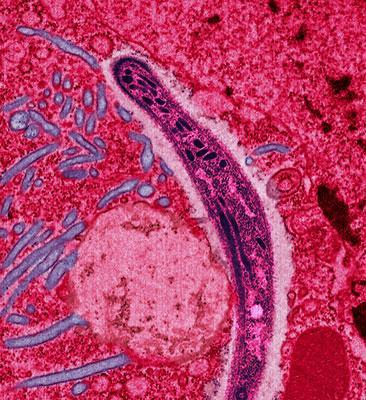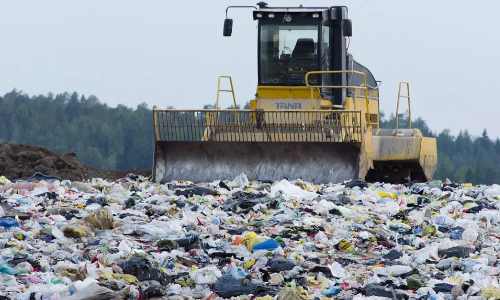Is Climate Change Impacting On The Spread Of Infectious Diseases?
- 30 Sept 2021
- 0 Comments
 Climate change has an effect on the world that stretches much further than how hot our summers are, how cold the winters are and whether or not we’re allowed to use the hosepipe.
Climate change has an effect on the world that stretches much further than how hot our summers are, how cold the winters are and whether or not we’re allowed to use the hosepipe.
The effects run as wide as damage to infrastructure through intense flooding, increased farming costs during dry and arid summers, and water supply concerns with reduced groundwater replenishment and increased evaporation.
However, another concern which seems to be flying under the public’s radar is the potential increased risk of infectious disease spread.
But how does climate change impact the spread of infection disease?
Increased Humidity
A concern within the medical science community is the increase in humidity caused by wetter winters and hotter summers.
The link between malaria and extreme weather events has been studied in the Punjab region of India.
The river-irrigated region showed periodic malaria epidemics which have since been linked to monsoon rainfall and high humidity. These adverse conditions create the optimal breeding ground for enhancing mosquito breeding and survival, and contributed heavily to the spread of the disease.
Flooding
 Another key concern within the effect that climate change has on the spread of infectious disease is the prevalence of flooding.
Another key concern within the effect that climate change has on the spread of infectious disease is the prevalence of flooding.
The increase in flooding bridges water gaps that would previously remain disconnected. This can increase the spread of water-borne diseases such as typhoid fever, cholera, leptospirosis and hepatitis A, as well as other diseases like malaria, dengue fever and yellow fever.
The key risk comes from the contamination of drinking-water facilities and the flooding of sewage-treatment facilities.
Few cases have been recorded, such as Sewage Flooding Tajikistan in 1992 causing river water contamination, Missouri in 1993 and a cyclone in Mauritius in 1980 leading to an outbreak of typhoid fever, but frequency could continue to increase with climate change.
Drought
Drought is a common concern with regards to the effects of climate change. Water supplies begin to dwindle and standards for water hygiene begin to drop as it becomes a more precious resource.
During droughts, water contaminants become more concentrated, increasing the risk of infectious disease. Additionally, water conservation becomes a key requirement for the resource and becomes used for multiple duties such as cleaning, bathing and drinking.
Dust-borne agents are also more prolific during drought. Microorganisms become distributed into the air and create a much greater infection risk.
Similar events have happened in the African Sahel region, exacerbated by over grazing (common in drought). Microorganisms such as aspergillis, pseudomonas and sphingomonas have been observed in dust storms during droughts.
The effects of climate change spread far and wide. We do not yet have the research to fully understand or predict the extents of which infectious disease will develop during increased periods of climate change.









